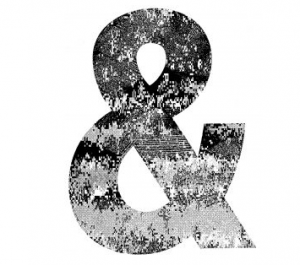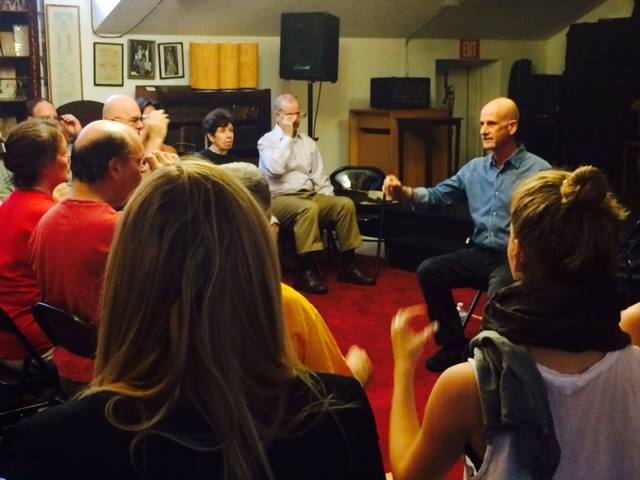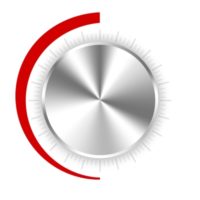 More than most self-help modalities, the word ‘and’ follows the Alexander Technique. There are thousands of examples, but I’ll list five:
More than most self-help modalities, the word ‘and’ follows the Alexander Technique. There are thousands of examples, but I’ll list five:
1. The Alexander Technique and back pain.
2. The Alexander Technique and posture.
3. The Alexander Technique and neck pain.
4. The Alexander Technique and stress.
5. The Alexander Technique and computer use.
I could go on and on. I will. The Alexander Technique and tennis. The Alexander Technique and acting. The Alexander Technique and flute playing. The Alexander Technique and shoulder pain, bowling, reading, vacuuming, jaw tension. The Alexander Technique and exercise. The Alexander Technique and walking, the Alexander Technique and poor posture, brushing your teeth, ping pong, shaving, swimming, meditation, sleeping, running, driving, squatting. The Alexander Technique and reading. The Alexander Technique and tension, the Alexander Technique and pilates, physical therapy, fencing. The Alexander Technique and breathing.
The Alexander Technique is more of a means to an end than an end. Use the Alexander Technique to complement anything else. The Alexander Technique has been called a pre-technique. Pre what? Pre anything. Apply the principles of the Alexander Technique to anything you do during your day or night, including how you sleep. The Alexander Technique and sleep.
Mark Josefsberg-Alexander Technique NYC
(917) 709-4648










Good point. What you say is part of the reason that Alexander Technique sounds so much like snake oil! That’s why Dewey’s definition of Alexander Technique being the basis of education is handy – because learning applies to everything too.
The Alexander Technique applies to any activity I’d like to learn, improve or get past – such as those annoying plateau effects, (where you can’t improve, no matter how hard you try or how much you practice.) Strangely enough, Alexander Technique also even affects “mental” activities – such as creative problem solving, idea production & creative examples to illustrate physics theories! (Ask Stacy Gehman, or Barbara Sher – who’s amazed at how many ideas I can continue to come up with when everyone else has run out.)
I like to think of the observation ability of Alexander Technique teachers as getting a private gait lab…or gaining an incredibly perceptive coach…or even a secret weapon against the coercion of my buried routines I have forgotten I trained myself to repeat.
Thanks for writing a fun blog!
This post ties in nicely with a recent 47-second video by Alexander Technique teacher Judy Stern, where she describes the Alexander Technique as “the how to of how to do everything!”
Thanks!
Hi Mark,
I like this post very much. It relates directly to what I was reading in Universal Constant in Living just yesterday: “knowledge of the self is fundamental to all other knowledge.”
The Alexander Technique is so important because it gives us the tools to be able to know and use ourselves in such a way that we can most effectively approach other fields of knowledge.
Thank you!
Thank you!
Mark, to help my understanding: do you mean ‘complement’ where you say ‘compliment’ in the last paragraph?
Thank you Magdalena! I compliment you on seeing the difference between compliment and complement. I meant complement. Thanks!
This is another excellent post, Mark. After first alleviating my back pain thru AT some years back, I tried it for improving my piano playing. I’ve seen the light at the end of the tunnel for a long time now and just lately I think I’ve made some break throughs.
That’s great to hear Bill! It can take a little time, because breaking habits can take time. (It certainly did with me). But once you start breaking habits, it’s unlikely you’ll revert back;especially with continued practice!